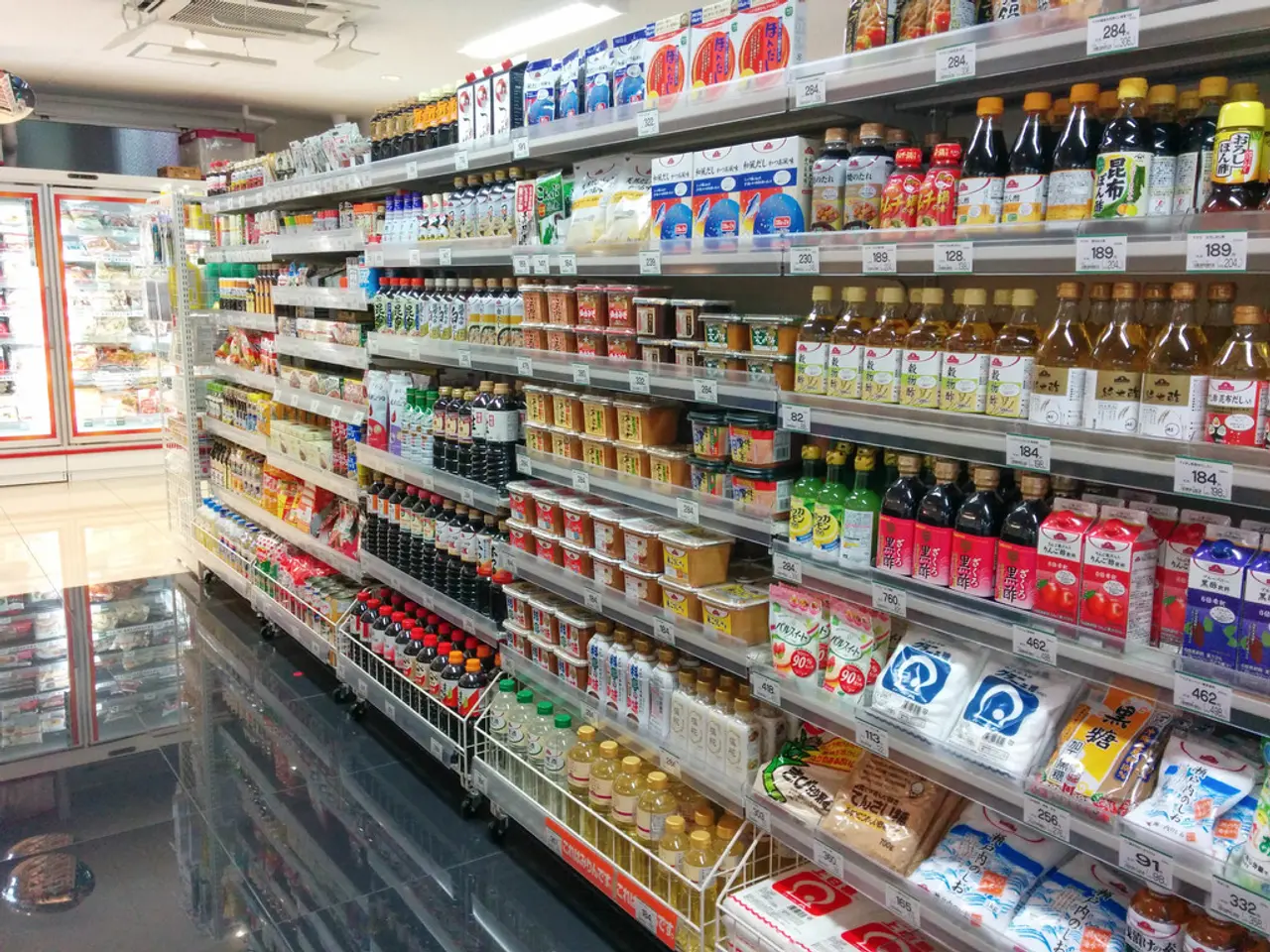Transforming Business Realm through Augmented Reality in E-commerce: An Overview
Augmented Reality Transforms E-commerce Landscape
Augmented Reality (AR) is revolutionizing the e-commerce industry, offering a more immersive and engaging customer experience. Since its early integration in 2008 with BMW's marketing campaigns, AR has been a growing trend in online shopping.
Enhanced Product Visualization
AR enables shoppers to visualize products in their own environment, aiding decision-making and increasing engagement by up to 40%. Brands like IKEA use AR apps to allow customers to virtually place furniture in their rooms, resulting in a 35% sales increase.
High Consumer Adoption and Demand
Studies indicate that around 66% of consumers are interested in AR for online shopping, with 61% preferring retailers offering AR experiences. AR makes shopping more engaging—55% of shoppers say it makes shopping fun.
"Try On" and "Try Out" Experiences
AR applications span various product categories including apparel, furniture, electronics, and more. For instance, virtual try-on solutions are common in the beauty, fashion, and lifestyle industries.
Impact on Sales and Returns
AR helps increase conversion rates and has been linked to a 25% reduction in product return rates because customers get a better sense of the product beforehand.
Future Projections
The AR in retail market is projected to grow from $1.2 billion in 2023 to $4.7 billion by 2026, reflecting a CAGR of 32.6%. Broader AR/VR markets are expected to climb from $32.5 billion in 2023 to $77.5 billion by 2028 at a CAGR of 19%.
Cross-Platform and User-Friendly Implementations
Future successful AR applications will prioritize simplified interfaces and high-quality 3D models accessible across various devices to maximize usability and reach.
Expansion Across Product Categories
Consumer interest shows strong demand for AR in furniture, clothing, footwear, cosmetics, and more, suggesting that AR will increasingly be standard for diverse e-commerce verticals.
AR during the Pandemic
During the pandemic, many US-based e-commerce retailers replaced their physical channels with online portals in just three months. AR has become increasingly important to consumers, with over half indicating that it has been important to them since the beginning of the pandemic.
Strengthening Customer Relationships
AR helps in strengthening customer relationships by delivering an intuitive and seamless shopping experience. Many retailers observed as much as 200% sales growth after integrating AR-based solutions.
Reaching New Customers
AR helps in reaching new customers through attractive AR campaigns. For example, location-based AR apps, such as Pokémon GO, have gained massive popularity, showcasing the potential of AR for marketing and customer engagement.
In conclusion, AR is transforming the e-commerce landscape, offering a powerful tool for enhancing customer experience, boosting sales, and reducing returns. Market trends and forecasts signal continued robust growth in AR adoption, technological sophistication, and integration across various retail sectors in the next several years. Brands investing in AR technologies now are poised to gain a competitive edge in the burgeoning digital commerce landscape.
Software development and mobile app development have crucial roles to play in the continued advancement of Augmented Reality (AR) technology in the e-commerce industry. As AR applications become increasingly popular, there is a growing need for skilled software developers to create user-friendly, cross-platform AR solutions that will captivate customers. Moreover, AR technology's promise of enhanced product visualization, "try on" and "try out" experiences, and its potential for boosting sales and reducing returns, make it essential for technology-focused software development teams to prioritize AR integration within their e-commerce projects.





